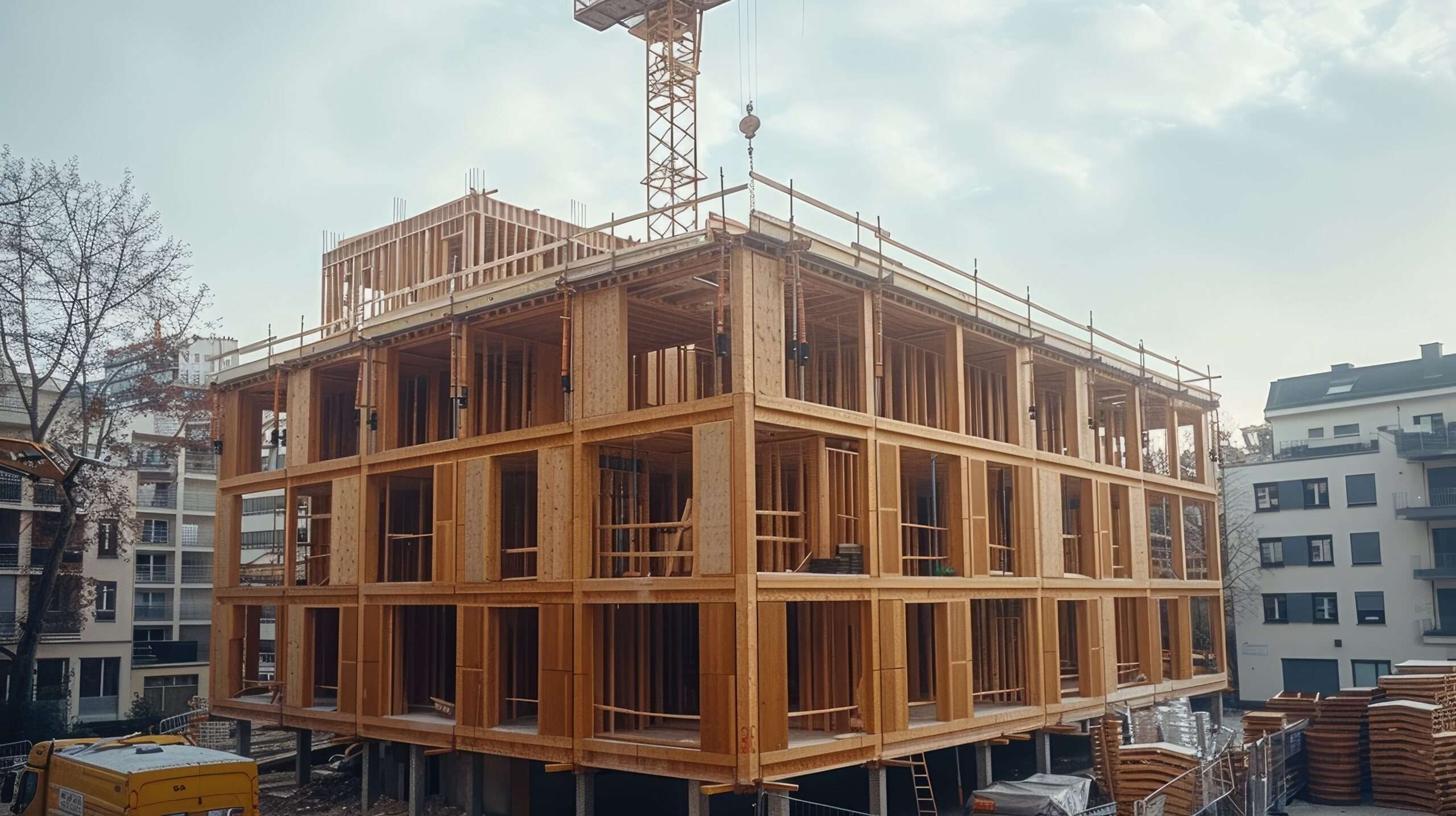
In recent years, timber construction has been celebrated as a showcase project for sustainable building. With promises of climate neutrality, aesthetics and the use of renewable raw materials, timber has conquered the industry as a building material. However, the initial euphoria now seems to be waning and the hype surrounding timber housing construction is fading. Why is wood gradually losing its special position in the construction world?
Timber construction: big promises, big expectations
Wood has long been considered one of the most climate-friendly alternatives to concrete and steel. While large amounts of CO₂ are released during the production of cement and steel, wood binds carbon as a renewable raw material. The material also scores points for its versatility, low weight and natural aesthetics.
Wood attracted particular attention in residential construction: from single-family homes to multi-storey residential complexes, many innovative projects were implemented to demonstrate the potential of the material. However, the challenges are now becoming more apparent and the initial euphoria is giving way to a more sober view.
Reasons for the dwindling hype
1. cost increases
The price of timber has risen significantly in recent years. The global construction industry and supply chain problems have made the raw material scarce, which is driving up the cost of timber construction projects. This makes timber less attractive, particularly in comparison to conventional construction methods.
2. criticism of sustainability
While wood is considered a renewable raw material, it is becoming increasingly apparent that rising demand is putting ecological pressure on forests. In particular, large-scale deforestation in European and non-European